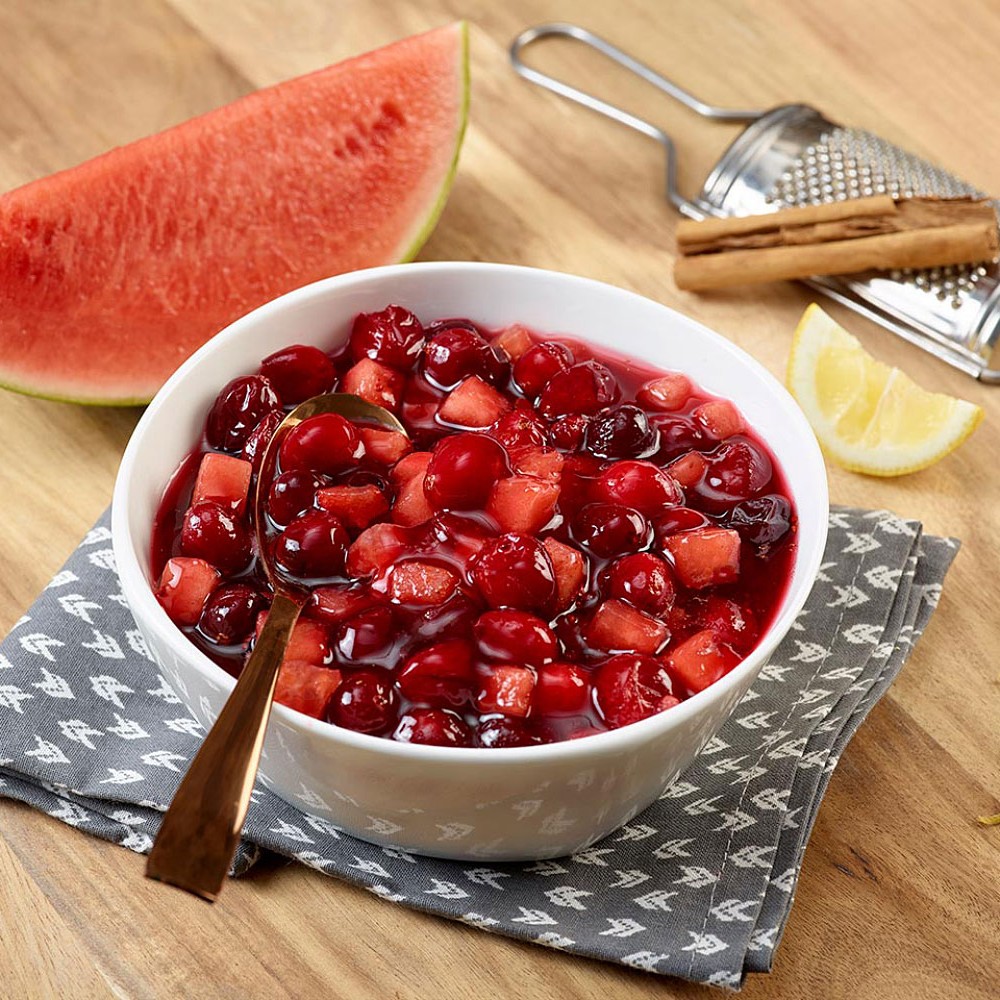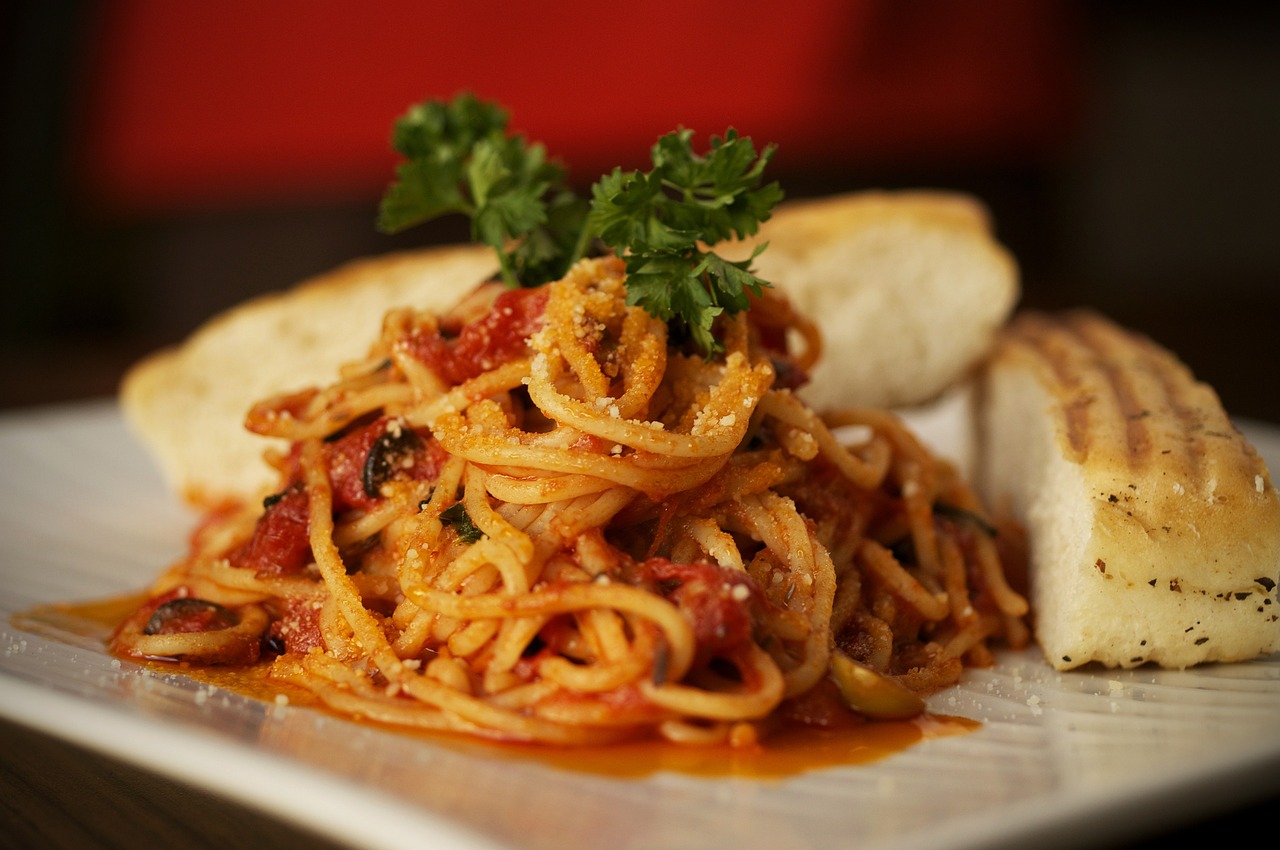Forks – The Interesting History – Why Did They Take So Long to Appear?

 It comes as a shock to most people when they hear that the last of the dinner utensil trio to be introduced to the table was the fork. Okay, maybe not a shock on par with Bobby Ewing returning or Clay Aiken coming out — but it is interesting.
It comes as a shock to most people when they hear that the last of the dinner utensil trio to be introduced to the table was the fork. Okay, maybe not a shock on par with Bobby Ewing returning or Clay Aiken coming out — but it is interesting.
It just seems so obvious to us today.
Naturally the knife was first since chopping, cutting and, yes, killing sharp-pointy things were man’s very first tool. Stone-aged axes have been found that day more than 2 million years old.
Next, and still in the stone-age, was the spoon. It is believe that the first spoons were shells that were tied to a stick to extend the reach or protect the hands from hot liquids.
Although kitchen forks trace their origins back to the time of the Greeks, the table fork had to wait until the 16th century to make it’s appearance in Europe. Up until that time people, from peasants to royalty ate mostly with their hands — only using the knife and spoon when needed for cutting or slurping liquids.
The English were the slowest to adopt the fork and ridiculed them as being effeminate and unnecessary. When they did finally start to use them they were usually small, slender models just used for sweet, sticky foods or for foods that might stain the fingers — like fresh berries. Thus their use became something of a status symbol and a mark of social standing among nobles who were the only ones who could afford sweets or cared about stained fingers.
The first table forks were modeled after the larger kitchen forks — they had two long and widely spaced tines. It wasn’t until the late 17th century that forks with four curved tines were developed in France.
This led to fork use slowly spreading to England, America and the rest of the world.
I hope you enjoyed this short kitchen history.
The Author:
charmglowgrillparts








